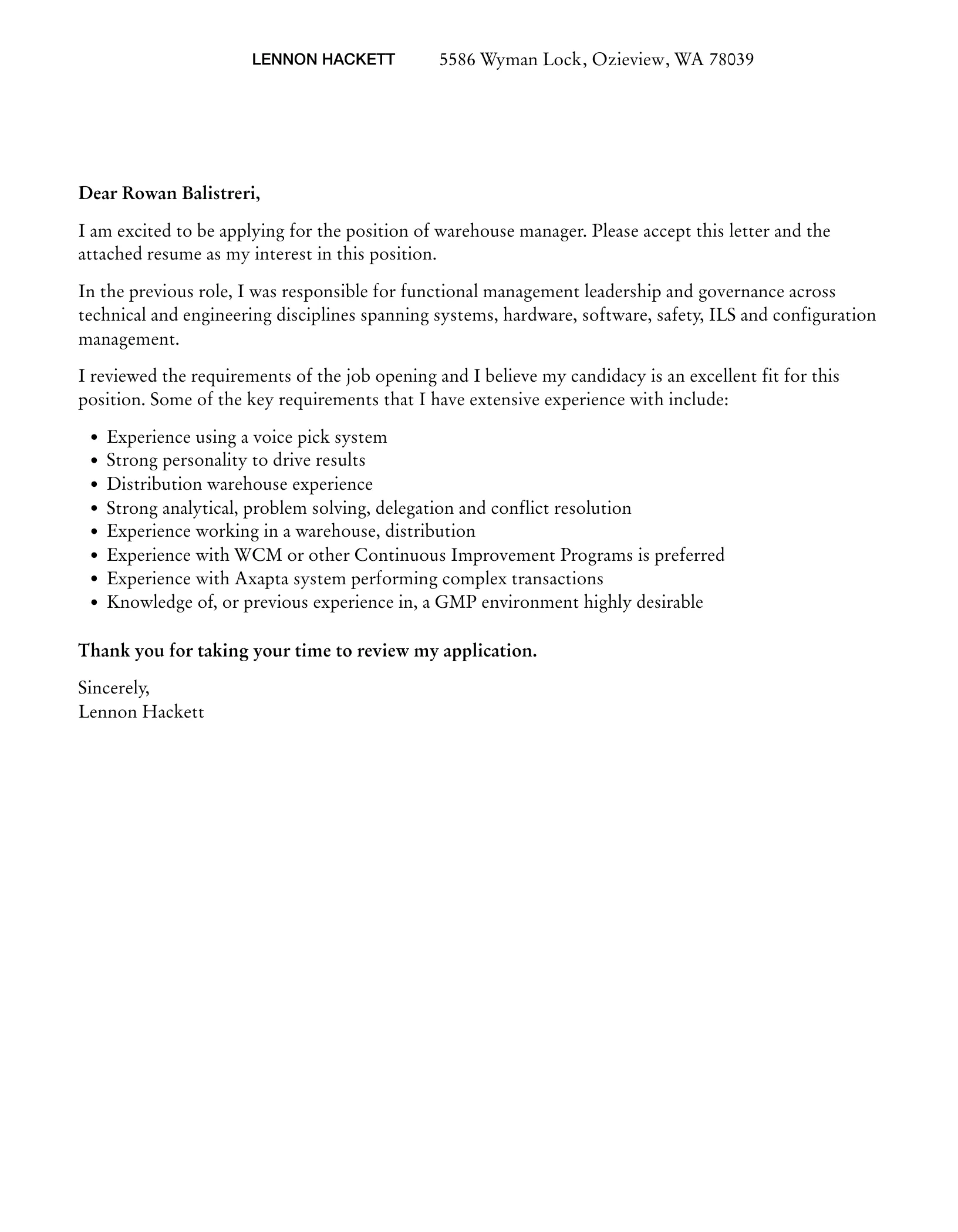Crafting Your Warehouse Manager Cover Letter
A well-crafted warehouse manager cover letter is your first opportunity to make a positive impression on a potential employer. It serves as a vital introduction, providing a concise overview of your skills, experience, and qualifications. Unlike your resume, which offers a detailed account of your work history, the cover letter allows you to highlight specific achievements and demonstrate your personality and enthusiasm for the role. This guide will walk you through the essential components of a compelling cover letter, providing you with the knowledge and tools to create a document that captures attention and increases your chances of landing an interview. A strong cover letter will not only showcase your professional abilities but also reflect your understanding of the company and the specific requirements of the position.
Understanding the Purpose of a Cover Letter
The primary purpose of a warehouse manager cover letter is to introduce yourself, express your interest in the position, and persuade the hiring manager to read your resume. It is an opportunity to go beyond the basic information provided in your resume and provide context for your skills and experience. Your cover letter is your chance to explain why you are the ideal candidate for the job, highlighting your unique qualifications and demonstrating your understanding of the company’s needs. It allows you to connect your skills and accomplishments to the specific requirements of the role. By clearly stating your goals and showcasing your abilities, your cover letter can significantly improve your chances of being selected for an interview, which is the ultimate goal.
Highlighting Relevant Skills and Experience
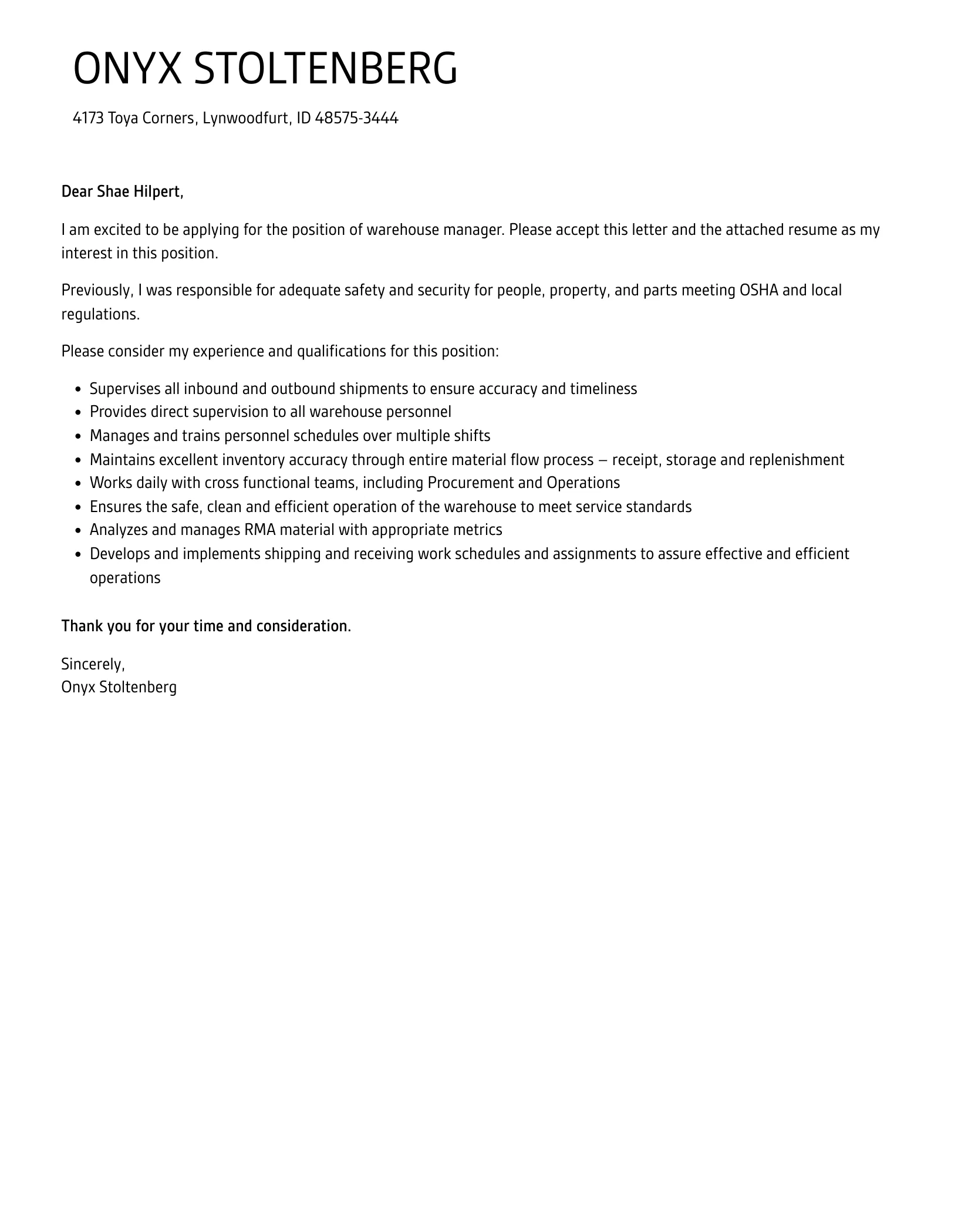
When crafting your cover letter, focus on skills and experiences directly related to the warehouse manager position. Start by reviewing the job description and identifying the key requirements and qualifications the employer is seeking. Then, carefully select the most relevant skills and experiences from your background to highlight. These might include experience in inventory management, logistics coordination, team leadership, safety protocols, and the ability to optimize warehouse operations. Provide specific examples of how you have successfully utilized these skills in past roles, and quantify your achievements whenever possible. For instance, state how you improved efficiency, reduced costs, or increased productivity in previous positions. Remember to tailor the content to align with the specific needs of the company.
Key Sections to Include in Your Cover Letter
Your Contact Information
Begin your cover letter by including your contact information at the top. This typically includes your full name, phone number, email address, and LinkedIn profile URL, if you have one. Ensure that your contact information is accurate and up-to-date. The goal is to make it easy for the hiring manager to reach you quickly and efficiently. Double-check all details for accuracy before submitting your application. Ensure your email address is professional and your voicemail message is set up.
The Hiring Manager’s Information
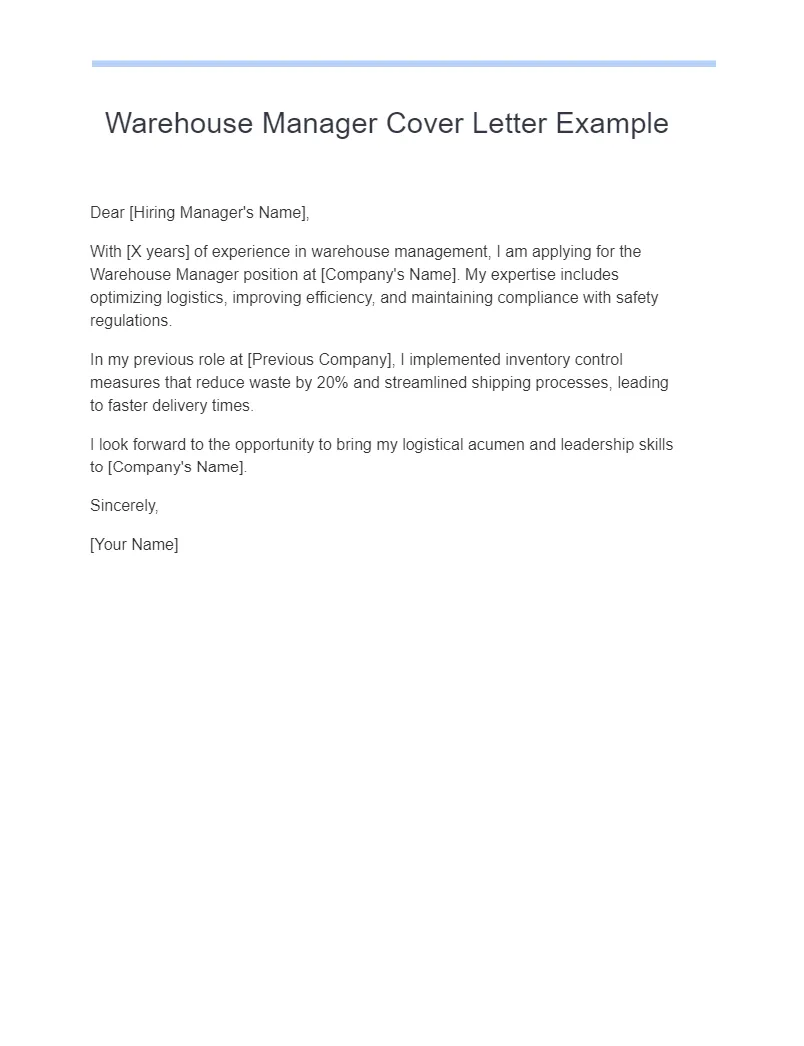
Always address your cover letter to a specific person whenever possible. Research the hiring manager’s name and title by checking the job posting, the company website, or LinkedIn. This shows that you have taken the time to learn about the company and are genuinely interested in the opportunity. If you can’t find a specific name, using a professional greeting such as “Dear Hiring Manager” is acceptable. Avoid generic greetings like “To Whom It May Concern” as they lack the personal touch. If you are unable to find a specific name, aim to get the title, such as “Dear Human Resources Manager”.
A Compelling Opening
Your opening paragraph should immediately grab the reader’s attention and state your purpose for writing. Clearly mention the position you are applying for and where you saw the job posting. Express your enthusiasm for the opportunity and briefly summarize your most relevant qualifications. Start with a strong statement that highlights your key skills and experience, setting the tone for the rest of your cover letter. Consider using a sentence that reflects the company’s needs or values, demonstrating that you have researched the organization. This initial impression is crucial in securing the reader’s interest and encouraging them to delve further into your application.
Showcasing Your Warehouse Experience
In the body of your cover letter, provide detailed examples of your relevant experience. Use specific examples from your previous roles to illustrate your skills. For instance, describe how you managed inventory, supervised a team, or implemented new warehouse processes. Clearly state your responsibilities and the results you achieved in those roles. Be specific and focus on actions and accomplishments that demonstrate your abilities. Tailor your examples to align with the job description, highlighting the skills and experiences that the company is seeking. Show them how your expertise translates to their requirements, highlighting your value.
Quantifying Your Achievements
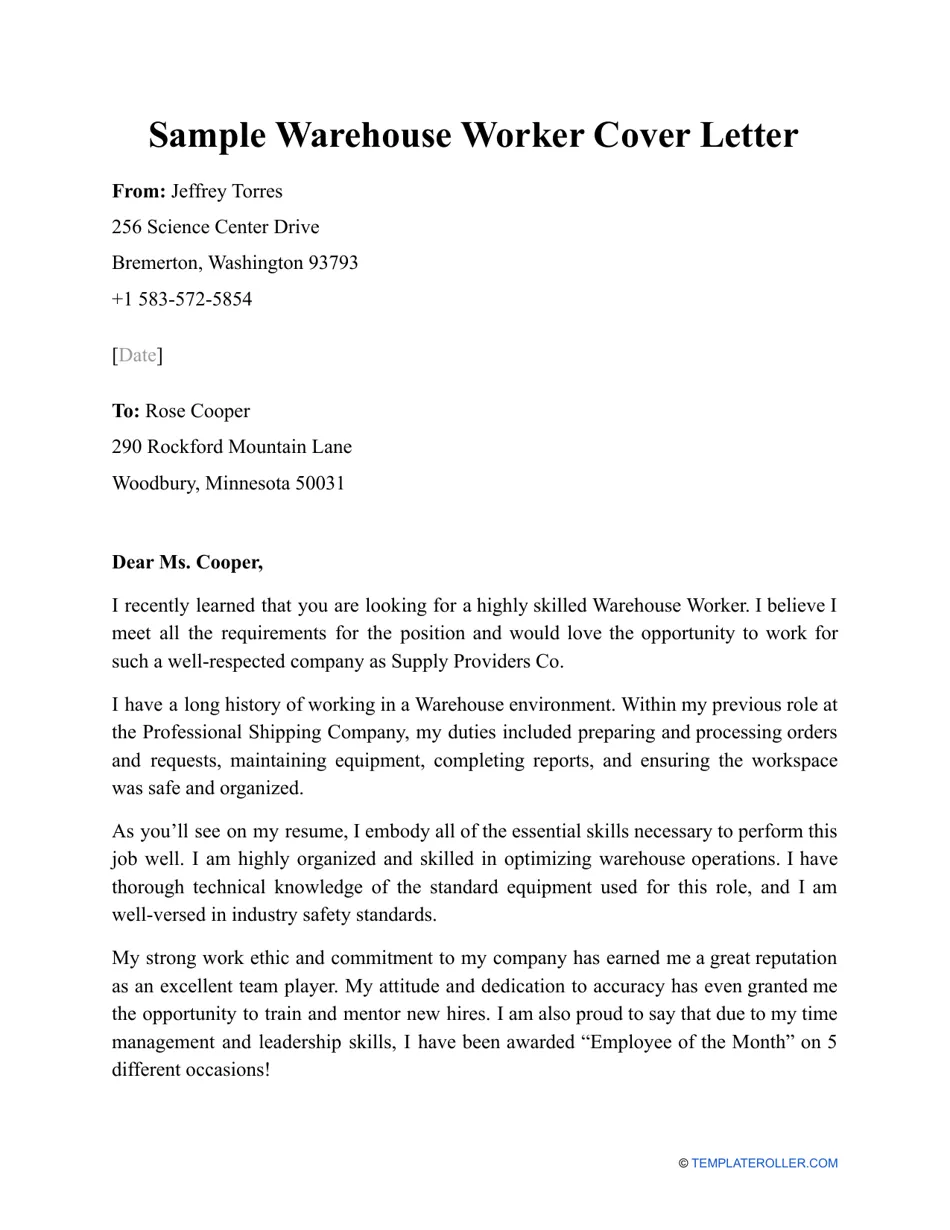
Whenever possible, quantify your achievements with numbers and data. This helps to demonstrate the impact of your work and makes your claims more credible. For example, instead of saying “Improved inventory management,” say “Reduced inventory errors by 15% through the implementation of a new tracking system.” Use metrics like percentage improvements, cost savings, or efficiency gains to illustrate your accomplishments. This quantifiable evidence offers tangible proof of your capabilities and provides a clearer picture of the value you can bring to the company. Including numbers highlights your successes in a way that words alone cannot.
Expressing Enthusiasm and Interest
Throughout your cover letter, express your genuine enthusiasm for the position and the company. Explain why you are interested in the role and what you find appealing about the organization. Showing that you are enthusiastic will demonstrate your level of interest and commitment. This will make the reader perceive you as someone who will be committed to the job. Mention specific aspects of the company’s mission, values, or culture that resonate with you. Your passion will help your cover letter stand out from the crowd and make a memorable impression on the hiring manager. Expressing your enthusiasm also shows that you have thoroughly researched the company.
A Strong Closing
End your cover letter with a strong closing paragraph. Reiterate your interest in the position and thank the hiring manager for their time and consideration. Express your eagerness to discuss your qualifications further and indicate your availability for an interview. Include a call to action, such as “I am available for an interview at your earliest convenience.” You can also mention that you have attached your resume. Finish with a professional closing such as “Sincerely” or “Best regards,” followed by your name and signature (if submitting a hard copy).
Formatting and Design Best Practices
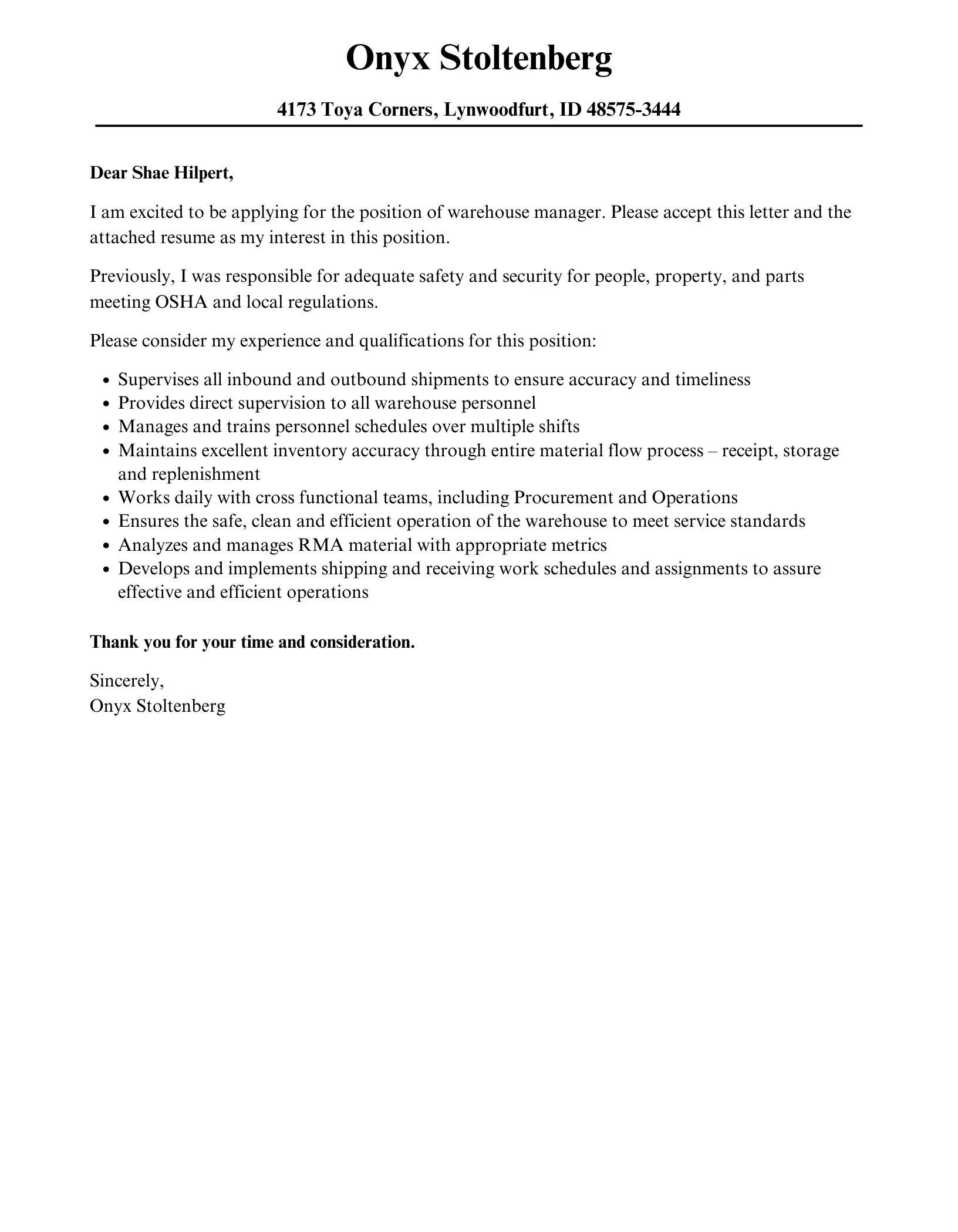
Choosing the Right Font
Choose a professional and readable font for your cover letter. Popular choices include Times New Roman, Arial, Calibri, and Helvetica. Ensure the font size is between 10 and 12 points for easy readability. Avoid using overly stylized or decorative fonts that can be distracting. Your goal is to make the cover letter easy to read, so the content is more likely to be noticed. Maintain consistency throughout the document with your font choices for an organized look. If you have a preference, you can check with the company standards.
Maintaining a Professional Tone
Use a professional tone and language throughout your cover letter. Avoid slang, jargon, or informal language. Proofread your cover letter to ensure that there are no grammatical errors or typos. Maintain a polite and respectful tone, and avoid using overly casual or familiar language. Focus on showcasing your skills, experience, and achievements in a clear and concise manner. Keep your language concise and to the point. Make certain that you are not too casual or too formal.
Proofreading and Editing for Errors

Thoroughly proofread and edit your cover letter before submitting it. Check for grammatical errors, spelling mistakes, and typos. It is advisable to ask a friend or colleague to proofread your cover letter as well, as a fresh pair of eyes can often catch errors that you might miss. Carefully review the structure, wording, and formatting of your cover letter. A polished and error-free cover letter shows that you pay attention to detail and are committed to producing high-quality work. Proofreading is extremely important, as errors can damage the professionalism of your application.
Adapting Your Cover Letter to Specific Job Requirements
Researching the Company
Before you start writing your cover letter, research the company and the specific job requirements. Visit the company’s website, read their mission statement, and review any press releases or news articles about the company. Understand the company’s values, culture, and goals to align your cover letter with their needs. Understand the role to better highlight the relevant skills. This will allow you to tailor your cover letter to the specific requirements of the position and the needs of the company. Customize your cover letter to match the specific job description.
Tailoring Your Skills to the Job Description
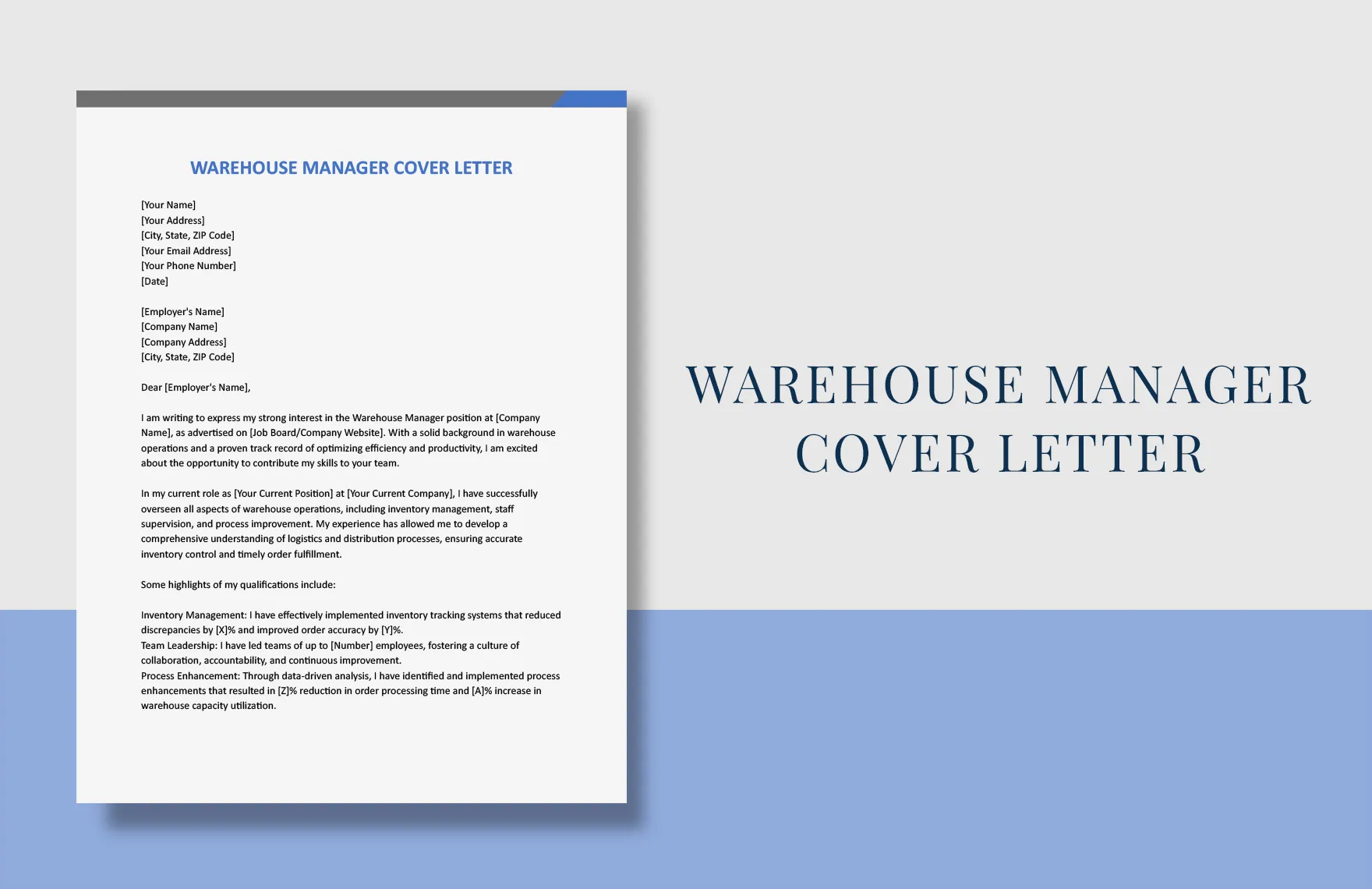
Carefully review the job description and identify the key skills and qualifications that the employer is seeking. Then, tailor your cover letter to highlight those skills and experiences. Use the same keywords and phrases that the employer uses in the job description to demonstrate that you are a good fit for the role. Be specific about how your skills align with the job requirements. Include examples to show how you have successfully used these skills in previous positions. This personalization will significantly increase your chances of getting noticed.
Addressing Potential Gaps in Your Experience
If you have any gaps in your work history or any areas where your experience might seem lacking, address them directly in your cover letter. Do not be afraid to briefly explain the gap and emphasize what you have learned or gained during that time. For example, if you have a career break, highlight any volunteer work, personal projects, or skills you have developed during the break. If you are changing careers, explain why you are making the transition and how your skills are transferable to the warehouse manager role. Transparency and proactive addressing of any potential concerns can mitigate any negative impressions.
Using Action Verbs to Impress
To make your cover letter more impactful, use strong action verbs to describe your accomplishments and responsibilities. Action verbs create a sense of dynamism and show that you are a proactive and results-oriented individual. Start each bullet point or statement with an action verb to highlight your achievements. This will make your cover letter more engaging and memorable. Be specific and provide details of your experiences, and your cover letter will be more effective. Action verbs make the content more appealing and draw the reader’s attention to your achievements.
Examples of Effective Action Verbs
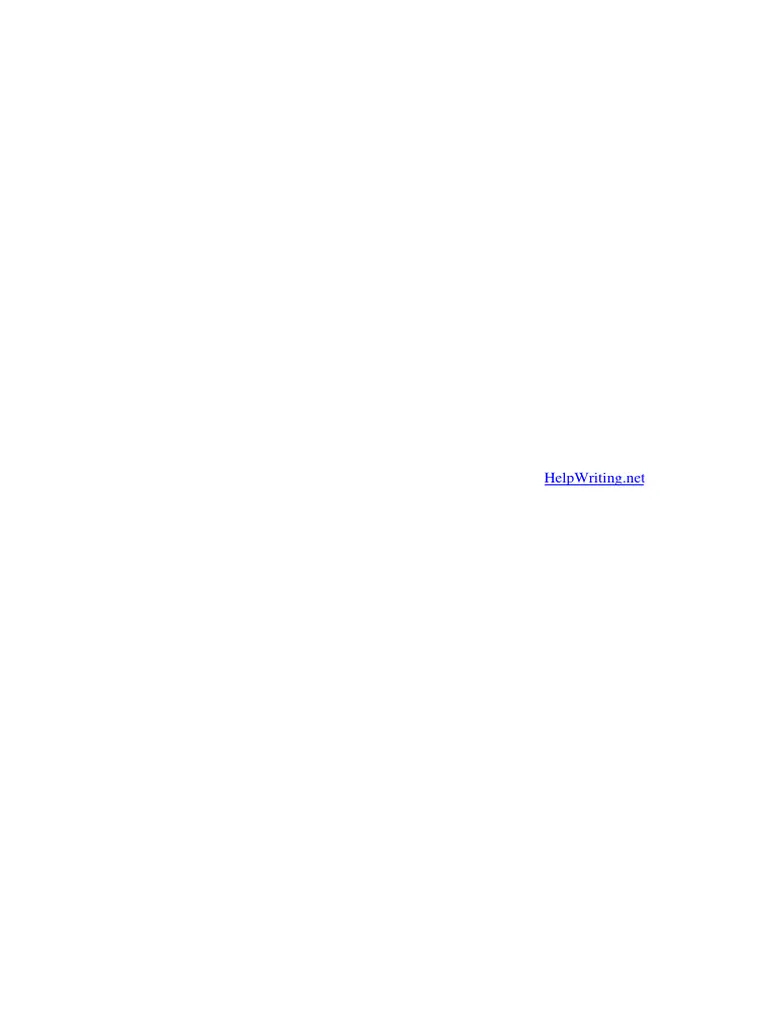
Here are some examples of effective action verbs you can use in your warehouse manager cover letter: managed, led, supervised, implemented, optimized, improved, reduced, increased, coordinated, streamlined, analyzed, developed, trained, and oversaw. Use these verbs to showcase your skills and demonstrate your value to the employer. This will help to bring your experiences to life and create a lasting impression. Using these types of verbs is extremely important in the professional workplace. Use verbs that are specific to the actions you took.
Frequently Asked Questions (FAQ)
What should I include in my warehouse manager cover letter?
Your cover letter should include your contact information, the hiring manager’s information, a compelling opening, examples of your warehouse experience, quantified achievements, and an expression of your enthusiasm and interest in the position. Remember to address the essential skills and qualifications as outlined in the job description. Include relevant skills, and tailor it specifically for that job. Your letter should be clear, concise, and customized for the target role. Emphasize your value and how your skills can benefit the company.
How long should my warehouse manager cover letter be?
Your cover letter should ideally be one page long. Keep it concise and focused on the most relevant information. Use clear and straightforward language, and avoid unnecessary jargon or lengthy sentences. Ensure that your cover letter is well-organized and easy to read. The hiring manager’s time is valuable, and a concise cover letter can easily convey the relevant skills.
What are some common mistakes to avoid?
Some common mistakes to avoid include grammatical errors, typos, generic language, and a lack of personalization. Avoid vague statements and instead focus on providing specific examples and quantifiable achievements. Do not simply repeat your resume information; instead, use the cover letter to provide context and express your enthusiasm. Avoid negative statements and focus on showcasing your strengths and qualifications in a positive manner. Proofread your cover letter to prevent any mistakes. Failing to do so can be extremely detrimental to your candidacy.
